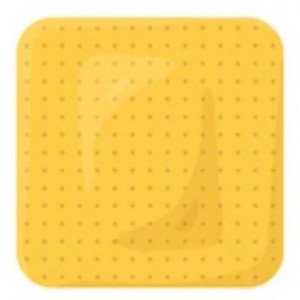 Welcome
Welcome
“May all be happy, may all be healed, may all be at peace and may no one ever suffer."
- A
- B
- C
- D
- E
- F
- G
- H
- I
- J
- K
- L
- M
- N
- O
- P
- Q
- R
- S
- T
- U
- V
- W
- X
- Y
- Z
Laxefin (300mg + 1.25ml...
Sevelax (300mg + 1.25ml...
Acmes Milk of Magnes... (300mg + 1.25ml...
Nesifin (300mg + 1.25ml...
Duolax (300mg + 1.25ml...
Magfin (300mg + 1.25ml...
Frelax (300mg + 1.25ml...
Oral Emulsion - Brands
An oral emulsion is a type of medication that is administered orally and has a milky or creamy appearance. It is a liquid formulation in which small droplets of oil are dispersed in water or vice versa. The emulsion can contain one or more active ingredients dissolved or suspended in the mixture.
Oral emulsions are used to treat a variety of conditions, including digestive disorders, nutritional deficiencies, and pain relief. They are typically administered by measuring the recommended dose with a syringe or spoon and then swallowed.
Oral emulsions are designed to improve the absorption and effectiveness of the medication by increasing its bioavailability. The small droplets in the emulsion allow for better dispersion and distribution of the active ingredients in the body.
Oral emulsions can have a pleasant taste and are often used for pediatric and elderly patients who have difficulty swallowing tablets or capsules. However, they may also cause some side effects, such as diarrhea or stomach upset, in some individuals. It is important to follow the instructions provided by the healthcare provider and to inform them of any side effects or allergic reactions.
How to use Oral Emulsion?
Here are some general guidelines on how to use an oral emulsion:
- Shake the bottle: Before using the oral emulsion, shake the bottle well to ensure that the contents are mixed evenly.
- Measure the dose: Using a calibrated measuring device, measure the prescribed amount of oral emulsion. Make sure you follow the instructions provided by your healthcare provider or the manufacturer of the oral emulsion.
- Administer the emulsion: You can swallow the oral emulsion directly or mix it with a small amount of water or juice to make it easier to swallow. If you mix it with a liquid, make sure you drink it immediately. Do not mix the oral emulsion with other medications or liquids without first checking with your healthcare provider or pharmacist.
- Replace the cap: Replace the cap tightly on the oral emulsion bottle and store it in a cool, dry place.
It's important to follow the instructions provided by your healthcare provider and the manufacturer of the oral emulsion. If you have any questions or concerns about how to use an oral emulsion, speak with your healthcare provider or pharmacist. Be sure to follow the recommended dosing and frequency for the emulsion to ensure safe and effective use. Additionally, check with your healthcare provider or pharmacist if you have any specific dietary restrictions that may affect the absorption of the oral emulsion.

Effervescent Granules

Patch

Tablet (ER)

Ointment

Emulsion

Hand Rub

Tablet (MR)

Effervescent Powder
Oral Emulsion, How to use Oral Emulsion, ওরাল ইমালসন
To be happy, beautiful, healthy, wealthy, hale and long-lived stay with DM3S.